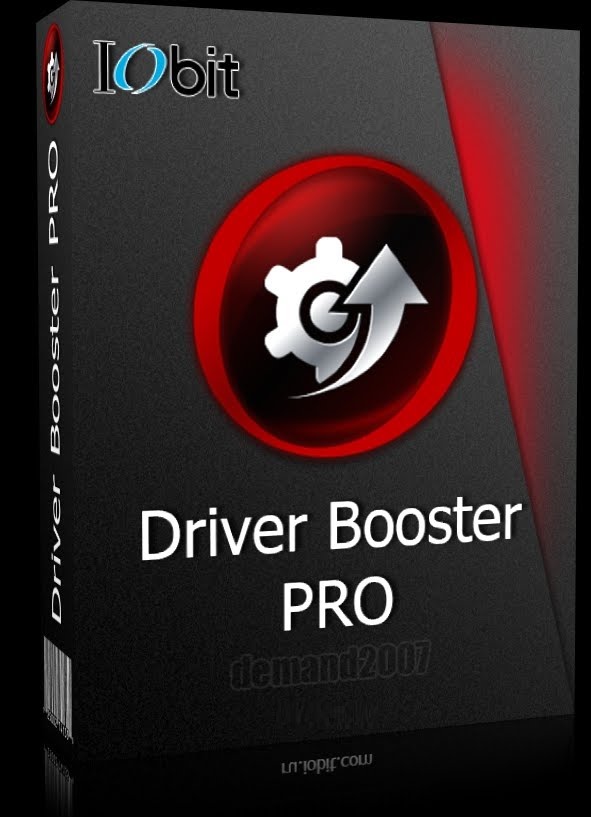

With the brake booster switched off I had a deceleration of 0,5G so 5 m/s2. Time for another test, this time with 500N of pedal force like required for modern passenger cars. I bought a old and used pedal force tester. The next question was: is it similar to the original brake pressure or not? After all measuring = knowing. Pedal feel was much better already and the pressure is OK, a little low though. Hold it into place, add 1 bar of air pressure and ready to bleed the brakes. My regular Eezibleed tools did not fit so I had to be creative.

The iBooster draws up to 15 Amps when in use.Ī deceleration of 0,9G so 8,8 m/s2, not bad, but a very sloppy brake pedal feel. Only difference is that Volvo only used brake assistance on the front circuit.Īnd then it’s also about measuring again.

A dual master cilinder with a front/rear split. I used the Wagner split also known as pseudo split like Volvo also did for the Amazon MY 19 for the US market.
#Ibooster drivers how to#
I did have to sort out how to wire it all up and make a temporary wiring harness.Īnd after making some brake lines it was in place.
#Ibooster drivers install#
I decided to install the Tesla iBooster in our daily driver Amazon. So it’s time for some real world testing! I wanted to know whether my plan works out on forehand and not being surprised once the electric Volvo is painted and drives for the first time. I tried to do a pressure test, but since the pedal force is not know that does not add much value. So I will need more pedal force for the same pressure and will have more displacement. Together they do 15 cm3 and I found a bore of 26 mm. In the end I could have calculated that since the master cylinder bore of 22,2 mm is known.įor the Tesla master cilinder I made some brake lines. So I created a test setup to measure the displacement of brake fluid. This is determined by master cylinder bore and pedal travel. Next to pressure, also the volume is an interesting parameter. There is a general deceleration requirement of 3,8 m/s2. The electric Volvo Amazon wagon is from 30-06-1967 so there is no requirement for pedal force. Without brake boost I reached 100 bar and with assistance up to 140 bar.īut that is based on “as hard as I could” pedal force. So first I got myself a brake pressure tester.Īnd measured the brake pressure of our daily driver Volvo Amazon. There are all kinds of tools to do calculations on the brakes such as this one on but perhaps doing some measurements is the most effective way to gain insights in the braking system. The master cylinder bore probably is different. So first I sourced these for 4,75mm or 3/16″ brake line. The Tesla main brake cylinder on the iBooster is a dual type and the nuts are different compared to my Volvo. What if it is too strong? Or not enough? Or the wheels lock up too soon? Does it need to be a diagonal split or can it also be front/rear? What are the characteristics of the main brake cylinder? At the same time I did have a lot of questions. In October I finished my power brakes 2.0 by having the Tesla iBooster ready to be mounted. Update: I opened a webshop for EV conversion parts and now offer a complete iBooster connector kit


 0 kommentar(er)
0 kommentar(er)
